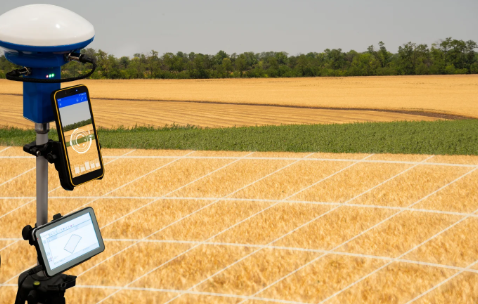The integration of technology in water resource management is transforming traditional practices into more efficient systems. Smart irrigation systems exemplify this shift by utilizing real-time data to optimize water use. Additionally, data analytics and IoT devices enhance monitoring capabilities, allowing for better decision-making regarding water quality and quantity. These advancements raise important questions about their implications for sustainability and community engagement. What challenges and opportunities lie ahead as these technologies continue to evolve?
Smart Irrigation Systems: Revolutionizing Agriculture
As water scarcity intensifies and agricultural demands escalate, smart irrigation systems emerge as a transformative solution for sustainable farming practices.
These systems utilize automated watering techniques that respond directly to soil moisture levels, ensuring efficient water use.
Data Analytics: Enhancing Water Supply and Demand Forecasting
Smart irrigation systems have set a precedent for the integration of technology in agriculture, showcasing the potential of data-driven solutions in resource management.
Data analytics plays a crucial role in enhancing supply and demand forecasting through predictive modeling, enabling stakeholders to anticipate consumption patterns accurately.
This strategic approach empowers water managers to allocate resources effectively, ensuring sustainability and resilience in water systems.
Remote Sensing and IoT: Monitoring Water Quality and Quantity
Remote sensing and the Internet of Things (IoT) have revolutionized the way water quality and quantity are monitored, offering real-time data that enhances decision-making processes.
By employing IoT sensors, stakeholders can track pollutants and water levels more effectively, leading to proactive management strategies.
This technological integration fosters transparency and accountability, empowering communities to safeguard their water resources for sustainable use and enhanced public health.
Policy and Governance: Integrating Technology for Sustainable Management
The integration of technology in water resource management necessitates a robust framework of policy and governance to ensure sustainable practices are upheld.
Effective regulatory frameworks must be established, promoting stakeholder engagement to balance diverse interests.
This strategic approach enables the adoption of innovative technologies while ensuring accountability and transparency, ultimately fostering resilience in water resource management and empowering communities to participate actively in sustainability efforts.
Conclusion
In conclusion, the integration of technology in water resource management is paving the way for a sustainable future. By embracing smart irrigation, data analytics, and IoT, stakeholders can tackle the pressing challenges of water scarcity and quality. As communities harness these innovations, they are not just putting out fires but building a resilient foundation for future generations. Ultimately, the convergence of technology and responsible governance can transform water management practices, ensuring that every drop counts.




 How Technology Is Driving Innovation in the Pharmaceutical Industry
How Technology Is Driving Innovation in the Pharmaceutical Industry